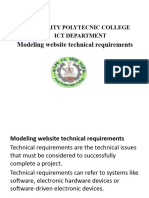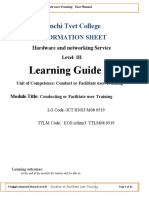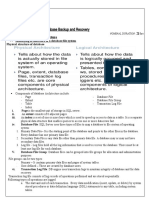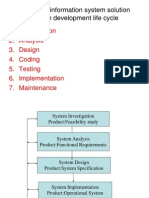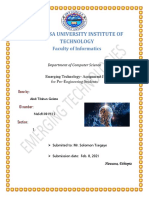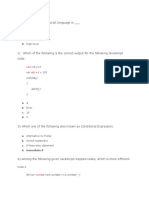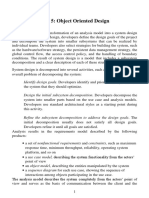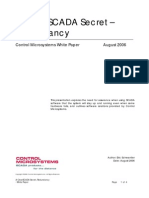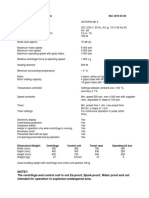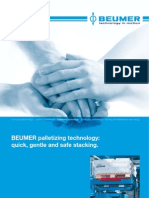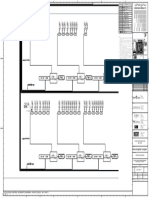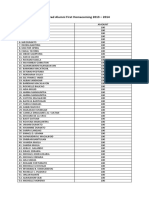100% found this document useful (2 votes)
4K views64 pagesChapter 2 Fundamentals of Information System
This document provides an overview of management information systems and key concepts related to information systems. It defines data, information, and knowledge and distinguishes between them. It also describes the characteristics of an information system and discusses the needs, fundamental resources, and potential risks of information systems. Finally, it introduces management information systems (MIS), defining MIS, describing its objectives, characteristics, applications, benefits, limitations, and approaches to MIS development.
Uploaded by
Ganesh ThapaCopyright
© © All Rights Reserved
We take content rights seriously. If you suspect this is your content, claim it here.
Available Formats
Download as PDF, TXT or read online on Scribd
100% found this document useful (2 votes)
4K views64 pagesChapter 2 Fundamentals of Information System
This document provides an overview of management information systems and key concepts related to information systems. It defines data, information, and knowledge and distinguishes between them. It also describes the characteristics of an information system and discusses the needs, fundamental resources, and potential risks of information systems. Finally, it introduces management information systems (MIS), defining MIS, describing its objectives, characteristics, applications, benefits, limitations, and approaches to MIS development.
Uploaded by
Ganesh ThapaCopyright
© © All Rights Reserved
We take content rights seriously. If you suspect this is your content, claim it here.
Available Formats
Download as PDF, TXT or read online on Scribd
/ 64





















